When the concept of procedural generation of levels in a video game comes up, its probably the unlikely success of Minecraft and those horribly ugly block universes that come to mind. It’s not just gigantic landscapes revolving around building and crafting that utilize the technique, though.
All the way back in 1980, we had even uglier, ASCII text-based procedural levels in Rogue, and the concept was relied on heavily in ’98 with the original Diablo. There the levels and loot drops were different on each run through, with only specific bosses remaining consistent.
Fast forward to 2016, and there’s a slew of newly released or upcoming games with a heavy procedural emphasis, displaying either different creatures and terrain while discovering new planets or randomizing the layout of a city while fleeing from mobs of angry, drugged-up hippies.
Where Procedural Works
Hearkening back to the classic Rogue, Harebrained Schemes’ latest release Necropolis also randomizes the layout and enemy distribution of its dungeon levels, albeit with an updated graphical interface. While the end result had some kinks to work out, its a fun co-op dungeon delve that shows there’s still hunger for that style even in the modern day.
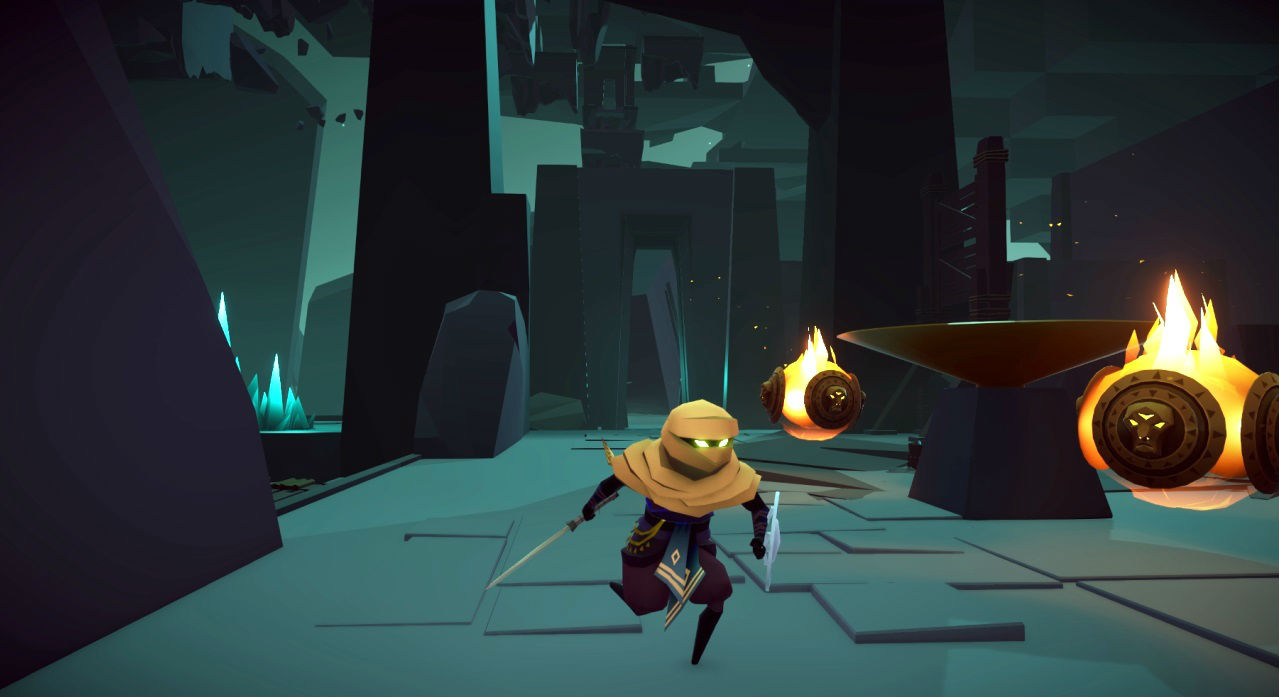 With story-lite, combat-focused games, procedural makes sense
With story-lite, combat-focused games, procedural makes sense
Not all games are created equal though, and what works for an action RPG or space exploration sim might not work for shooters or story-based games. Procedural generation also can’t always lead to the same memorability of really well constructed levels that have been individually hand crafted by developers instead of an algorithm.
Procedural generation also can’t always lead to the same memorability of really well constructed levels that have been individually hand crafted by developers instead of an algorithm.
That style of pre-built game development absolutely has its place, and there are times were procedural generation doesn’t make much sense.
It might not work for investigation-based games like Murdered or Heavy Rain (although a Heavy Rain where there’s a different killer and set of clues in every playthrough certainly has potential), and I probably wouldn’t have wanted the areas in something like Pillars Of Eternity to be procedural, for instance.
In other RPGs it definitely could work, though. Although several of the areas were tied to the story in specific ways, on the whole games like Shadowrun Returns have a style that lend themselves to procedural generation.
While follow-ups Dragonfall and Hong Kong had bigger scope, that first game would have actually been improved if the urban street combat zones or twisting corridors in the depths of a corporate megaplex had utilized more random generation for replayability.
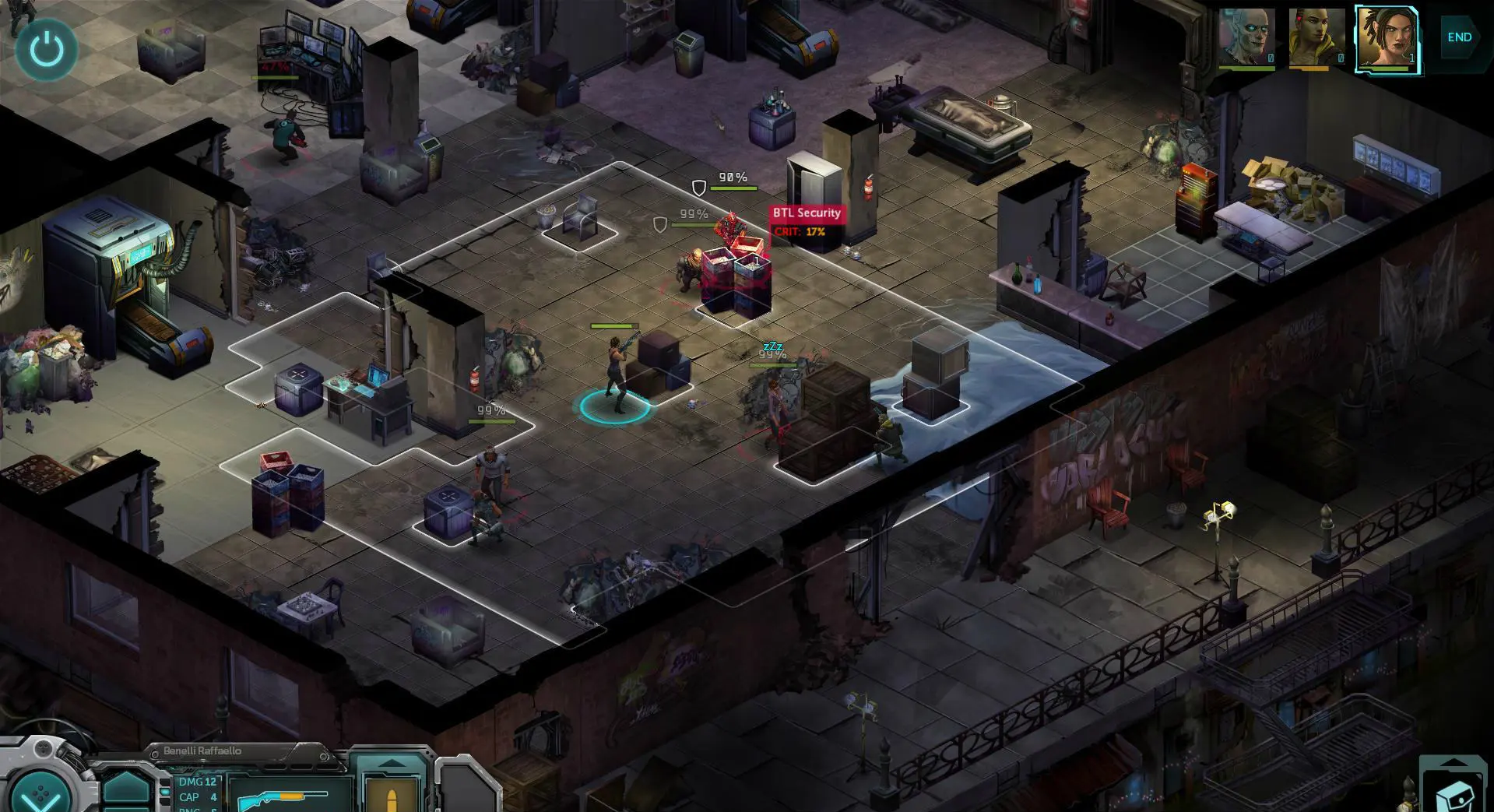 Procedural levels could spice up turn based games like this
Procedural levels could spice up turn based games like this
Consider other turn based fantasy games from Divinity: Original Sin to Blackguards 2 – what would have really been lost if some or even all of the dungeons were randomly generated to some degree?
Even a game like Fallout 4 – a bit of a let down from the superior Fallout 3 and Fallout: New Vegas — honestly wouldn’t have been that different with a procedural generation rather than a meticulously placed one (although you might run into issues with quests not interacting properly in massive worlds like that).
And there’s no reason why the two worlds can’t collide. For instance, larger areas focused on combat or puzzle obstacles in exploration games like Tomb Raider, Uncharted, or even the story-focused The Last Of Us could easily be procedural, with specific, story-based locations appearing at pre-planned intervals.
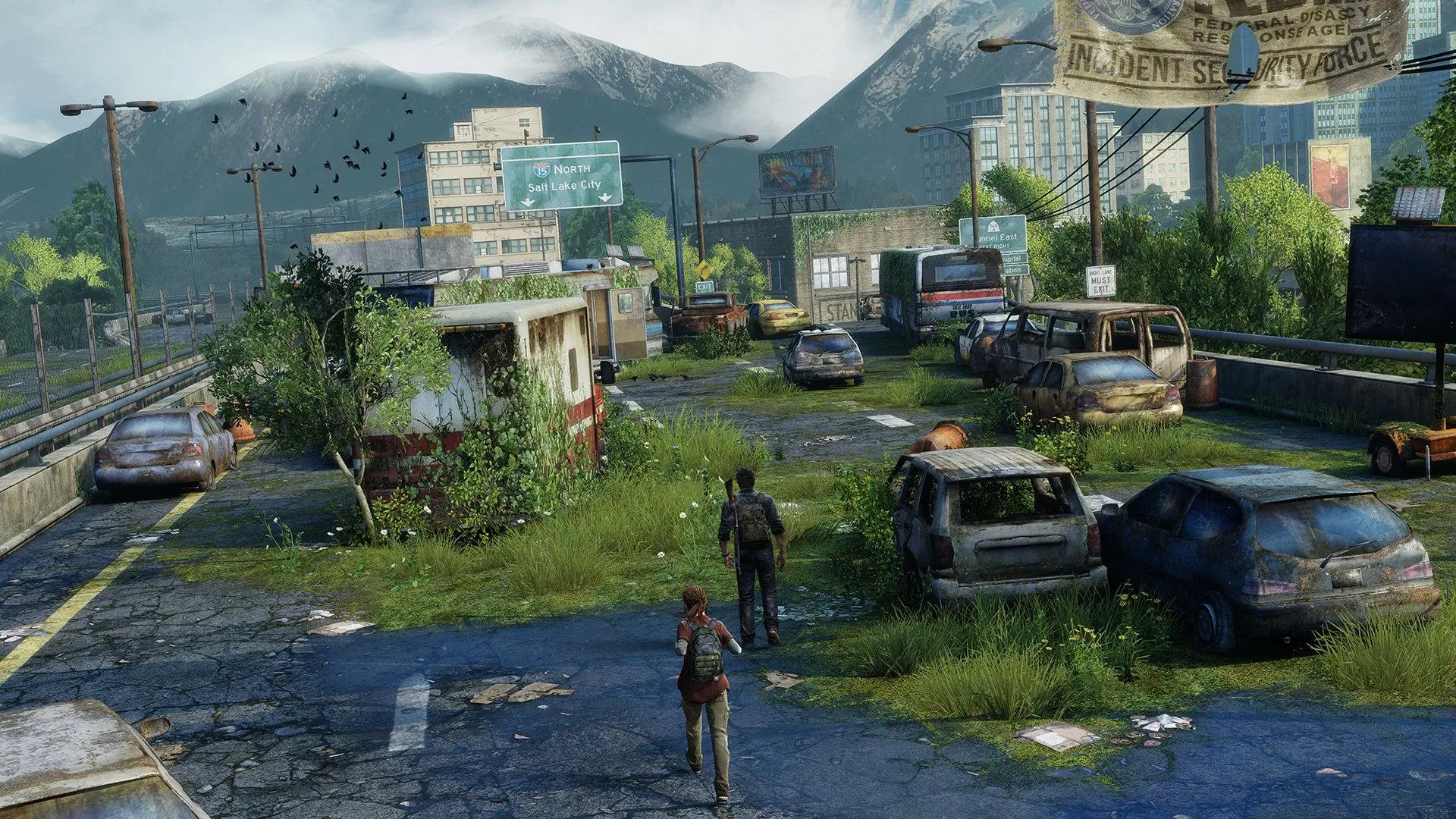 With sprawling areas across urban locations, procedural saves some work
With sprawling areas across urban locations, procedural saves some work
Procedural generation would even be a boon for existing open world games revolving around capturing locations, from Far Cry 3 to Saint’s Row 4 to Homefront: The Revolution. That certainly might make it harder for people like me to write guide material, but could result in a more fun, personalized experience overall for those type of games.
The No Man’s Sky Effect
Of course the biggest name right now in procedurally generated worlds is No Man’s Sky, showing off just how big a game can be made with this technique. Turn out its currently 18 quintillion planets in 6 gigs of space. The reception to this make-or-break game will play a huge factor in whether the AAA developers take the route displayed by this indie experiment in the future.
Although it (and all other games this year frankly) have already lost to Pokemon: Go, there’s no question that No Man’s Sky was one of the most buzzed about and anticipated releases of 2016. Just take a look at the army of angry fans who came on to scream their discontent when we suggested the game might not live up to the hype.
An important distinction to keep in mind with the future of gaming is that “procedural” doesn’t have to mean “random,” as the devs of No Man Sky have been quick to point out. Truly random generation would result in a large number of bizarre, unplayable, or just actively un-fun planets to explore.
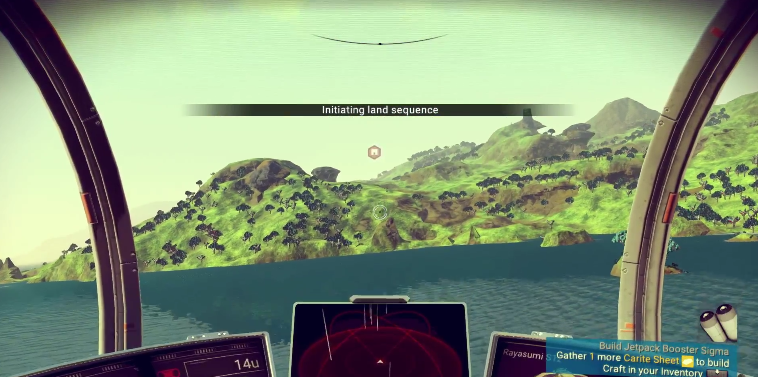 Procedural can result in very exciting terrain, or more standard styles
Procedural can result in very exciting terrain, or more standard styles
If the worlds on display end up being consistently interesting and the hype is actually warranted, that’s a huge boon for the future of procedural generation. If it’s a big empty mass of repetitive or uninteresting garbage…well, that’s a different story.
The massive Star Citizen could of course play a role in whether procedural generation works on a large scale and is repeated in the future — but that game’s never going to be finished, so it’s essentially a non-entity in this case.
Unexpected Genre Usage
Horror games have the potential to be terrifying for significantly longer stretches before gamers move on.
Beyond role-playing games and space sims, procedural elements are working their way into some unexpected genres, like the surprise (and for some unwelcome) announcement that We Happy Few doesn’t utilize a pre-built map connected to the overarching story.
The biggest positive to procedural games is in the replayability, and that’s why I’m hoping We Happy Few’s approach actually catches on, especially for the horde of VR horror games coming soon.
If the layout of Outlast’s asylum had changed up each time after dying, that would have led to less frustration while trying to figure out the narrow, constrained path the developers wanted me to take. Now add in the all-consuming nature of VR and horror games have the potential to be terrifying for significantly longer stretches before gamers move on.
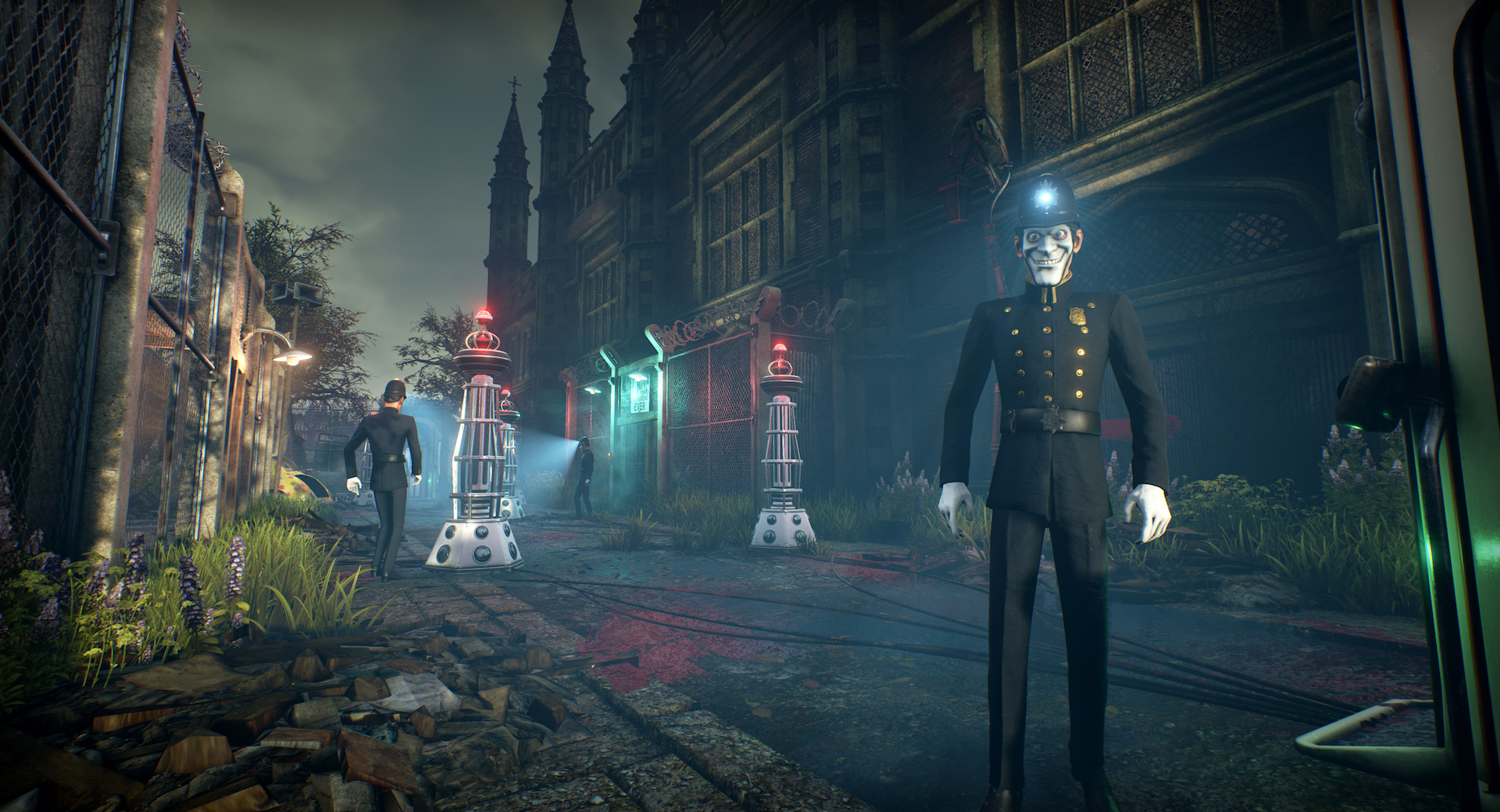 An unlikely combination of styles is on display with We Happy Few
An unlikely combination of styles is on display with We Happy Few
The Future Of Procedural Gaming
While procedural generation currently works best on games that are focused on either exploration or constant combat, there could be more applications for clever developers.
Imagine if those big worlds like Fallout or Grand Theft Auto could procedurally generate the inside of every building, rather than only having specific doors that lead to interior locations. A term like “open world” could actually apply to future games in that scenario.
Pre-made levels are never going to completely go away, and the success of procedural generation relies on developers implementing it well, rather than haphazardly throwing together random creations where levels don’t make sense or detract from the story elements.
If those hurdles can be overcome by the increasingly important indie development scene, expect to see the big names following and a horde of randomized games to be cresting the horizon – whether that horizon is galactic or terrestrial in nature.

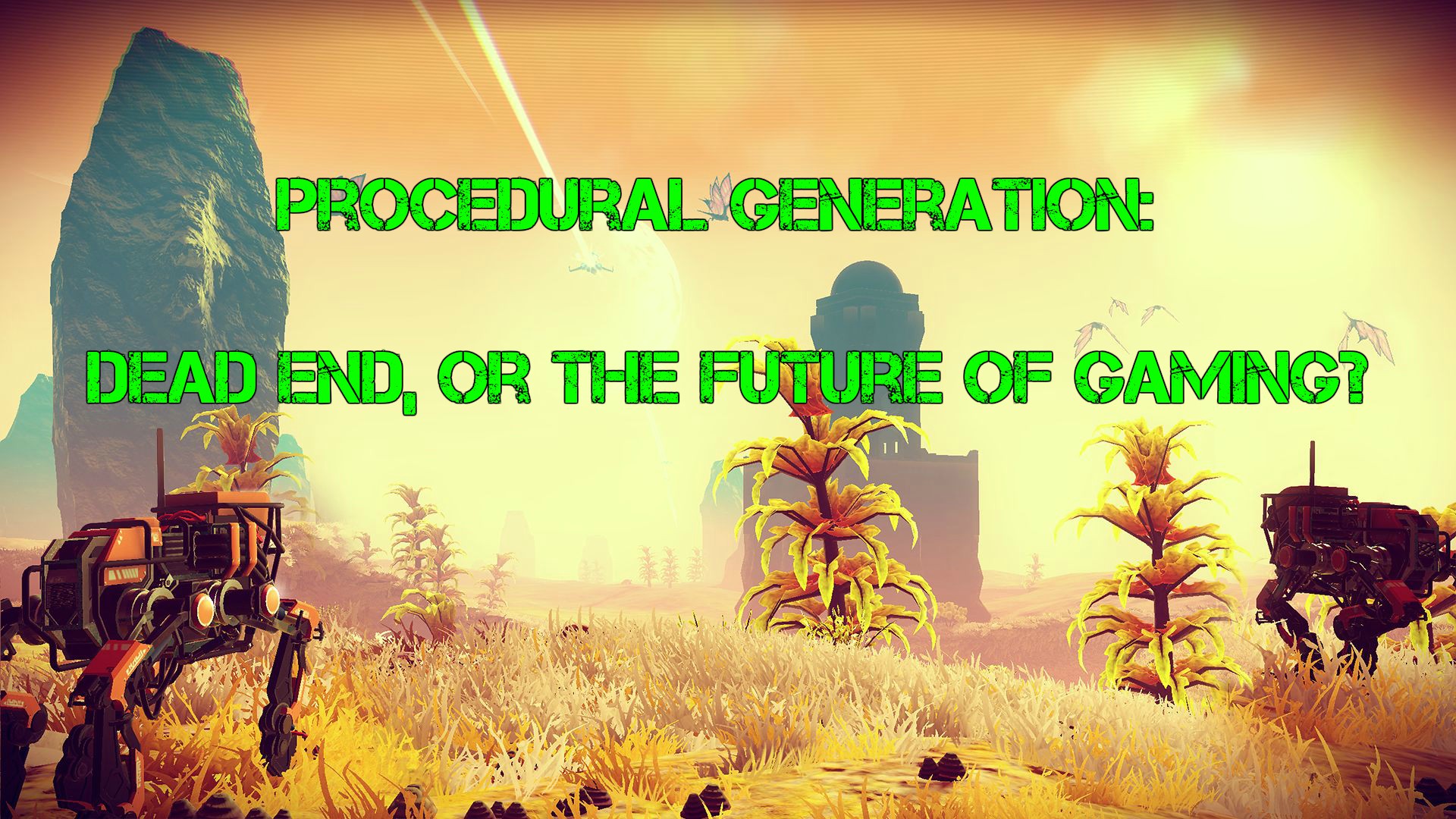





Published: Aug 9, 2016 01:14 pm